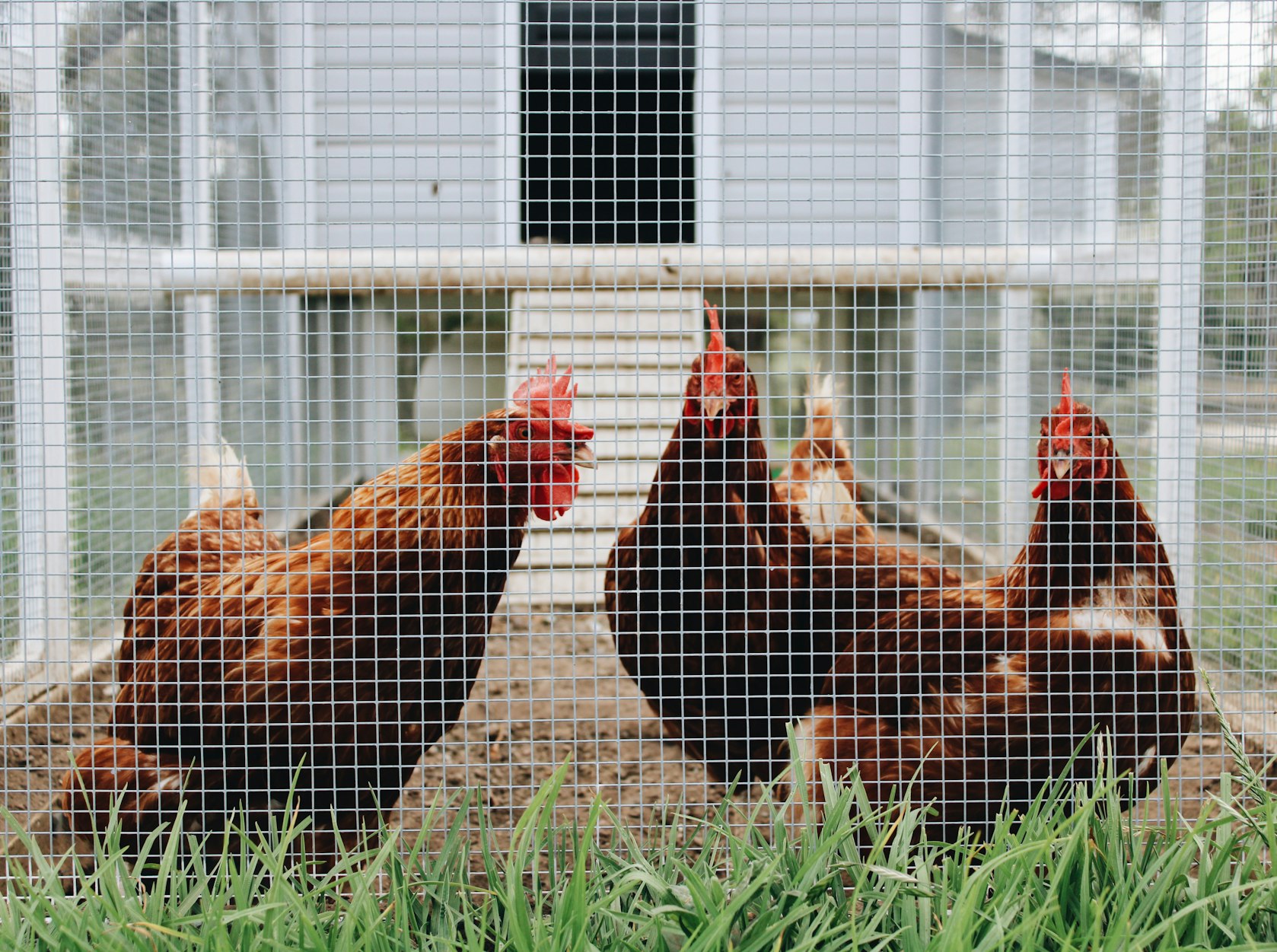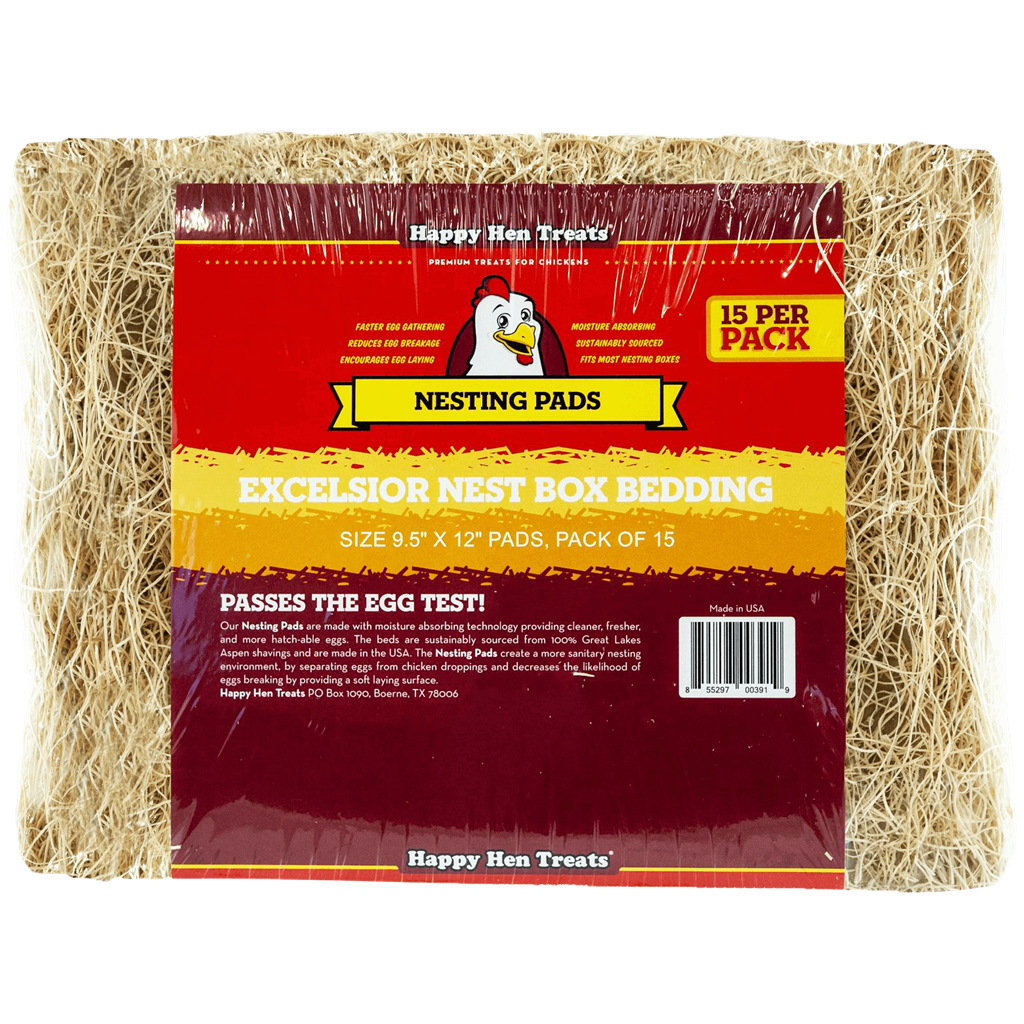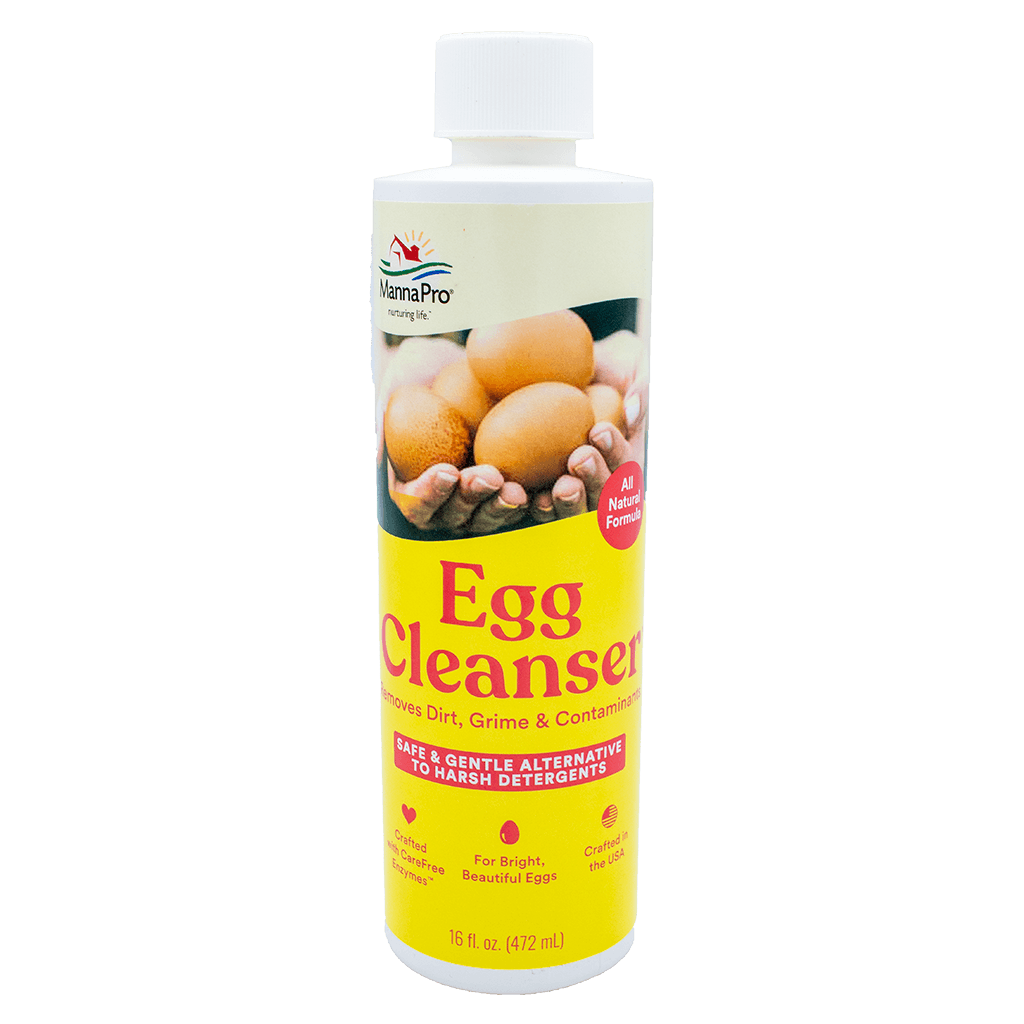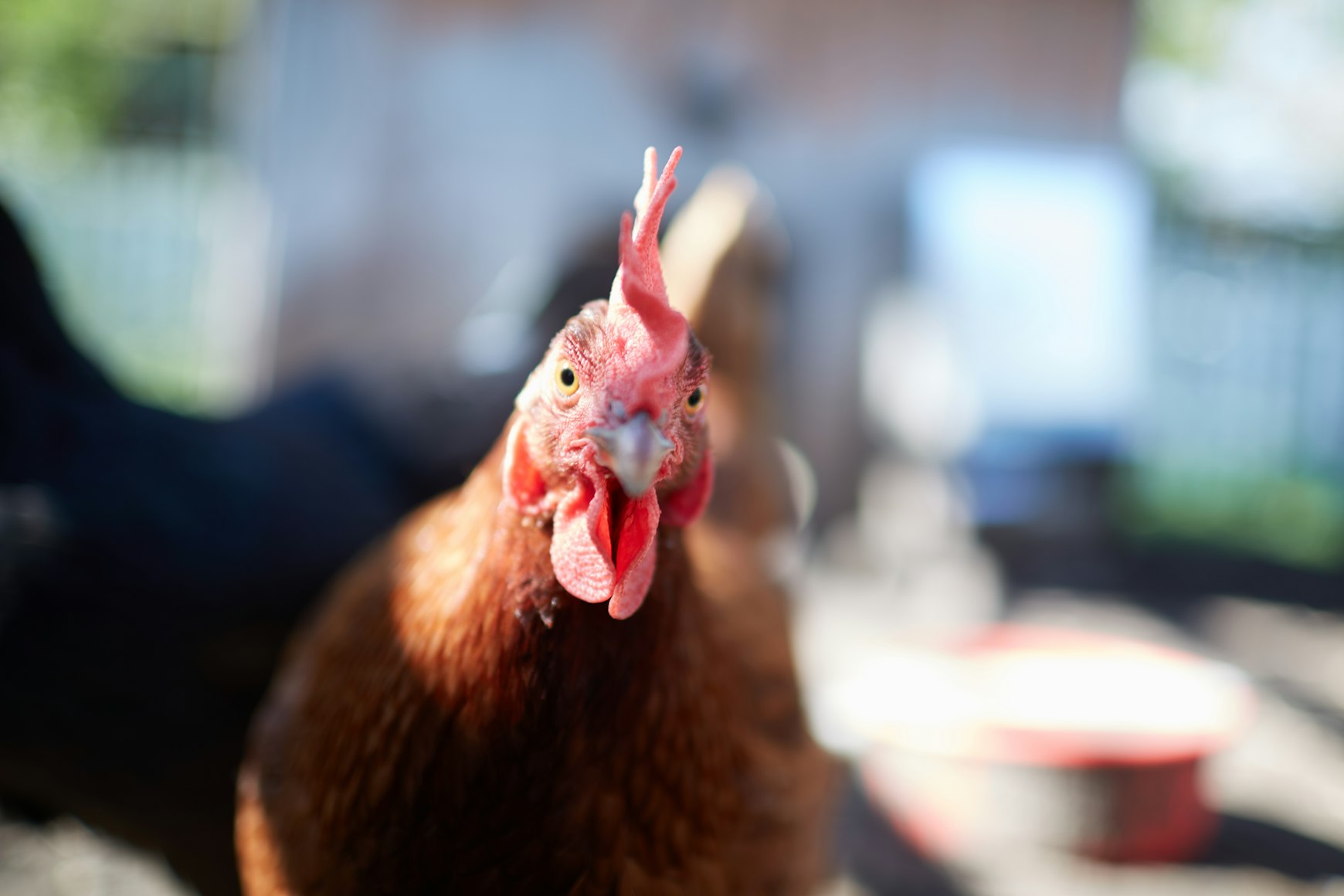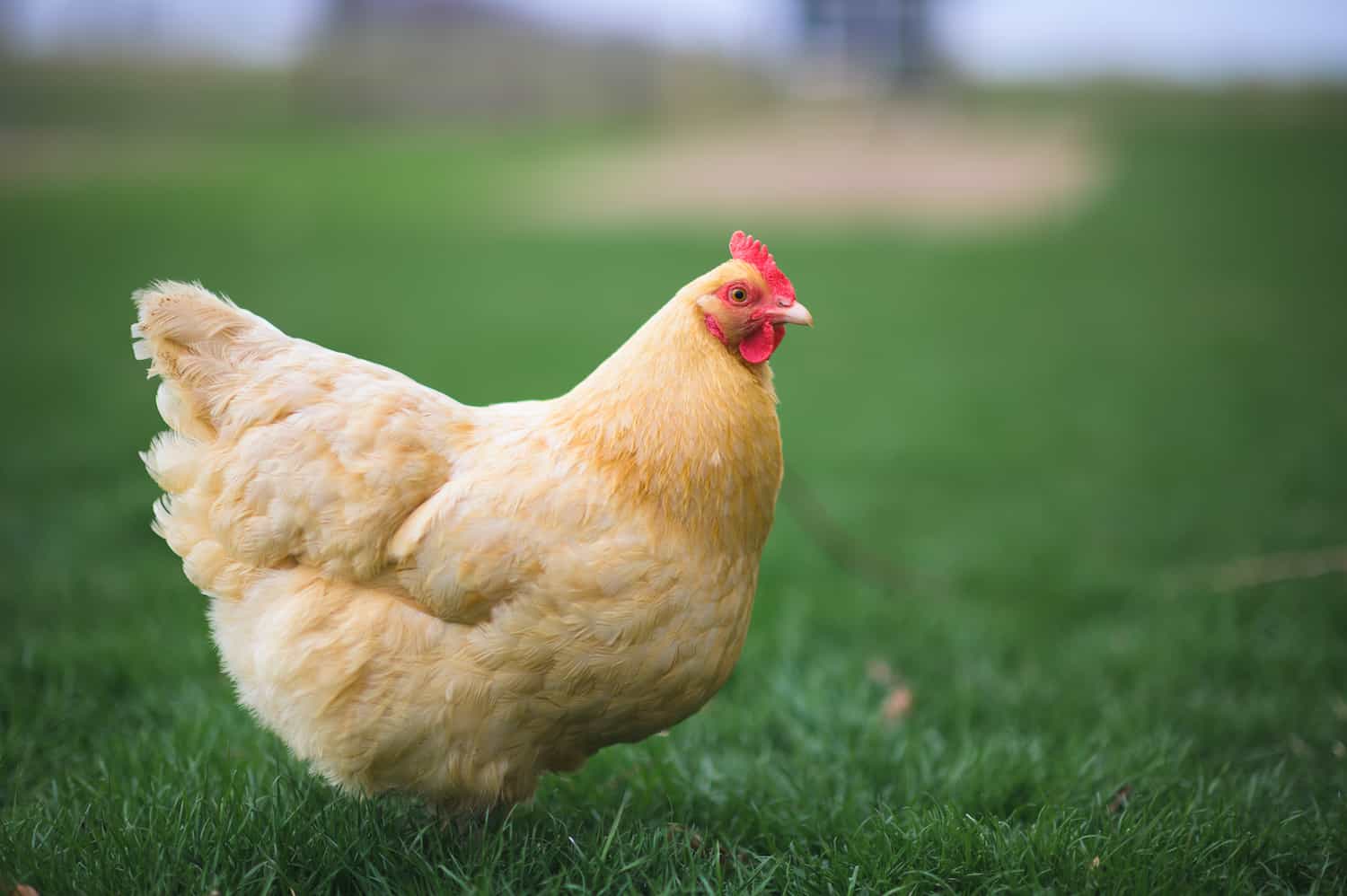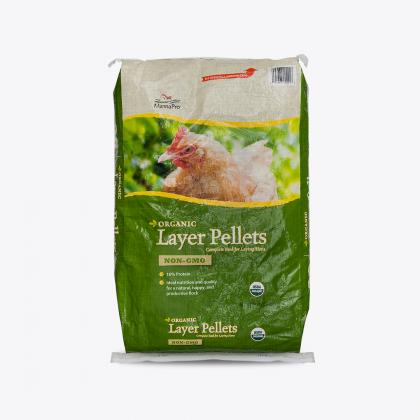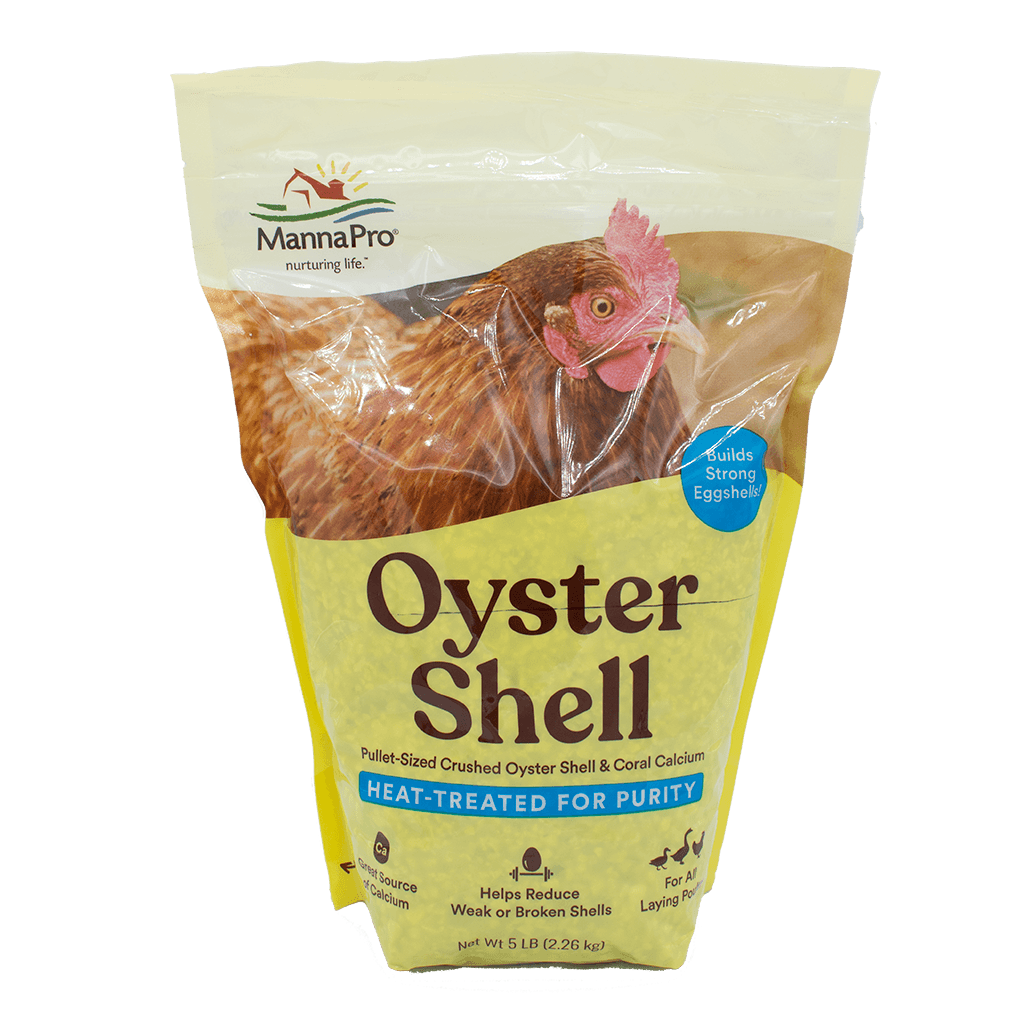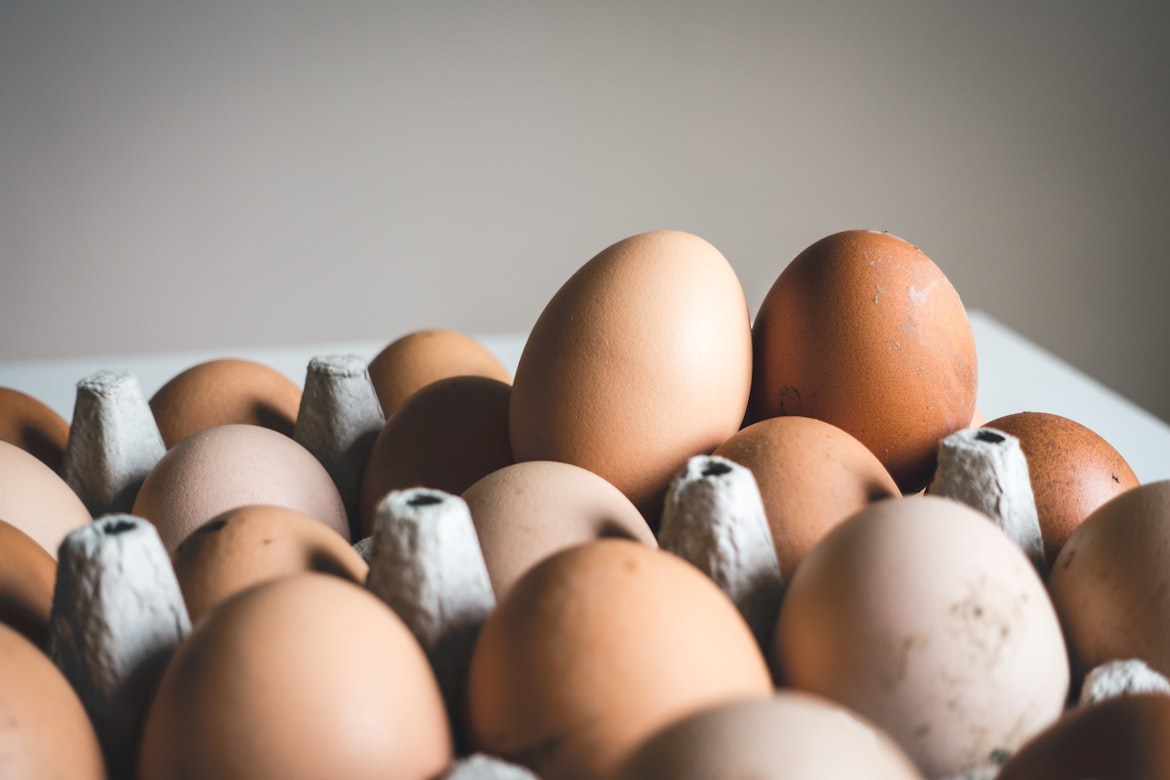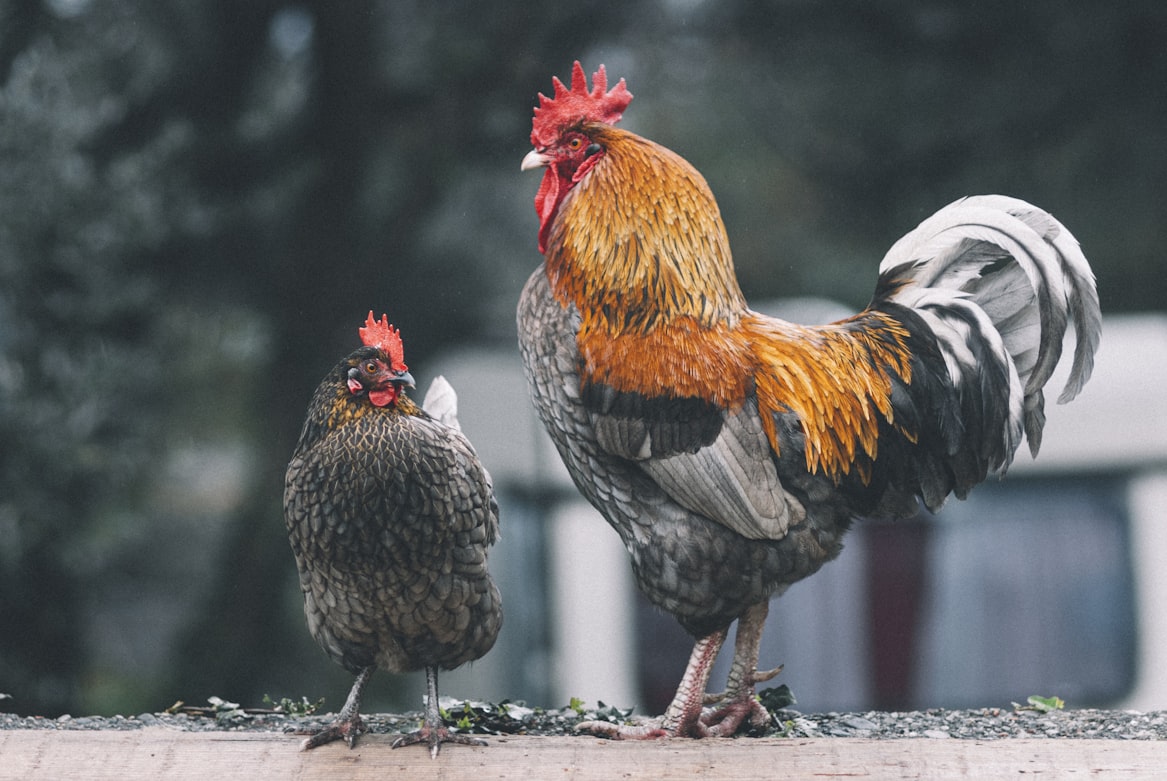How To: Raising Chickens Pt 2
(Optional) This text will appear in the inbox preview, but not the email body.
|
Tags
New
chicken basics
Furbaby
Welcome
New Family
bees
beekeeping
beekeeping basics
installing new bees
honeybee basics
how to start beekeeping
how to raise chickens
chicken life stages
popular chicken breeds
chicken coop setup
eggs
cleaning fresh eggs
rooster laws
how to raise chicks
raising chicks
getting started with chickens
chick brooding
chick basics
fda restrictions
fda regulations
for food
national pet dental month
vet dentistry
dog teeth cleaning
national walk your pet month
walking the dog
dog walk
Ivermectin
Covid
Update
NutriSource
Promotion
Ralgro
Cattle
Insect Control
Dental Health
February
Posts
2023
2022
November
April
2021
How To: The Basics of Beekeeping
[04/19/22 04:24 PM]
How To: Raising Chickens Pt 2
[04/15/22 12:59 PM]
How To: The Basics of Raising Chicks
[04/14/22 01:07 PM]
NEW - Lonarch
[04/13/22 02:46 PM]
Now Booking NEW Deer Products
[04/12/22 11:05 AM]
National Pet Day
[04/11/22 08:07 AM]
Lyme Disease Prevention Month
[04/01/22 10:40 AM]
March
February
Cattle Pest Control
[02/18/22 12:25 PM]
NEW - Tropiclean Enticers | WPVS
[02/07/22 09:06 AM]
February: Pet Dental Month
[02/01/22 10:35 AM]
January
December
2020
2019
January: National Walk Your Pet Month
[12/27/21 10:35 AM]
NEW - MONSTER MIX
[12/06/21 01:59 PM]
NEW - Pop's Snack Sticks | WPVS
[12/01/21 10:00 AM]
NEW - Bully Performance | WPVS
[12/01/21 09:31 AM]
NEW - Joy Dog Food | WPVS
[12/01/21 09:06 AM]
NEW - Clear Dart | WPVS
[12/01/21 08:26 AM]
August
August
2018
NEW - Taste of the Wild with Ancient Grains
[08/13/19 03:06 PM]
New Pro89 Adult Dog Food
[08/07/19 04:17 PM]
May
NEW Taste of the Wild Feline Recipe
[05/21/19 09:38 AM]
NutriSource Pinkyswear Bags
[05/07/19 04:23 PM]
March
February
January



